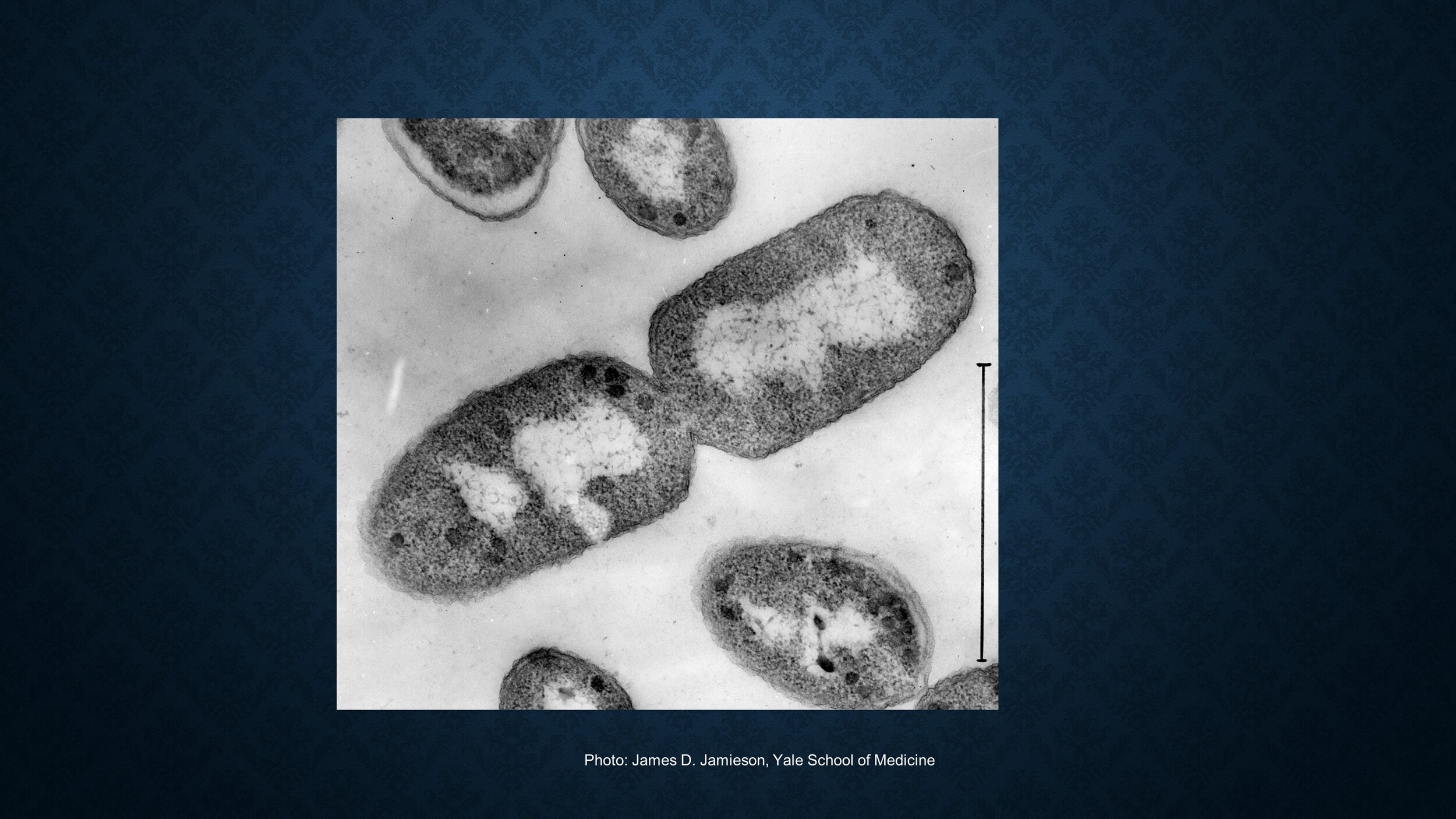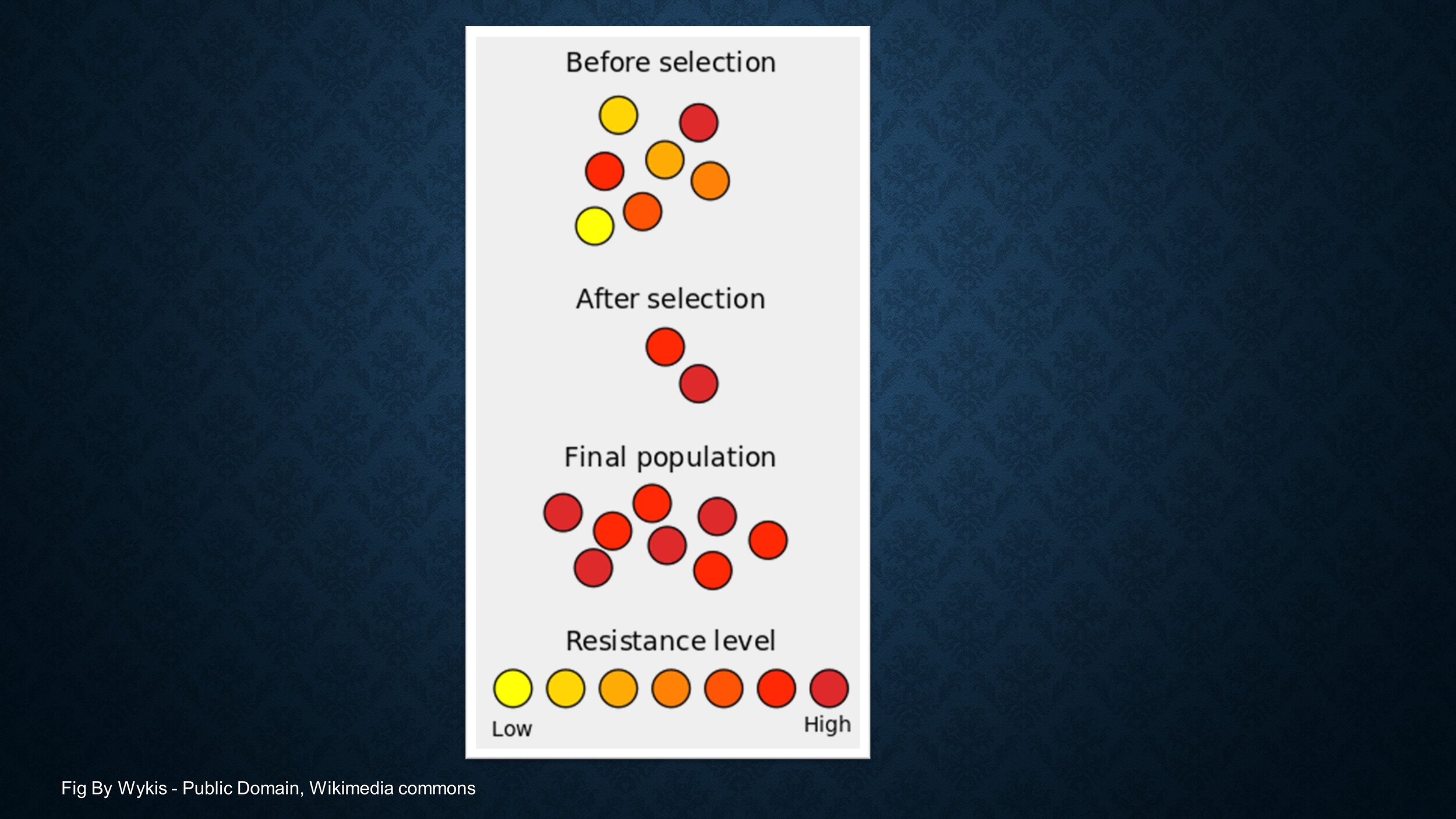Bacteria, Antibiotics and Resistance
In this first part of the course, you will learn about the problem of antibiotic resistance, bacteria, bacterial cell structure, how antibiotics work and how bacteria can become resistant.
The bacterial cell structure is described and we begin to understand how they grow and divide. This knowledge is important to understand how bacteria can be inhibited by antibiotics.
In this lecture you will learn how the different types of antibiotics work to kill or stop the growth of bacteria.
Bacteria can become resistant to antibiotics by several mechanisms. We’ll describe first the different types of resistance that can occur and then how resistance arises and spreads between bacteria.




